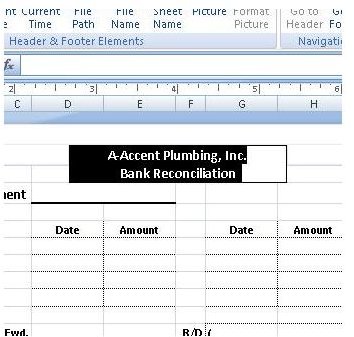

Setup procedures generally need to be completed only once, but you might want to refer to this information again when verifying your setup information, and when maintaining your checkbooks.Ĭhapter 1, “Setup preparation,” describes how to set up your bank reconciliation system.Ĭhapter 2, “Setup and default entries,” explains how to set up default entries for your bank reconciliation system.Ĭhapter 3, “Checkbooks,” explains how to set up and use checkbooks and Cash accounts. This part of the documentation provides the procedures required to set up Bank Reconciliation, and for moving your existing reconciliation information into your Microsoft Dynamics GP system. Part 3, Inquiries, reports, and routines, explains how to view and analyze transaction information, and includes procedures for removing history. Part 2, Transactions, explains how to enter transactions to update your Cash account and checkbook balances. Part 1, Setup, contains procedures that are required to set up Bank Reconciliation. The manual is divided into the following parts:

View details needed to reconcile, including deposit number, transaction number, type, payment amount, and description Write checks without having to set up a vendor record or complete a computer check runĬontrol reconciliation processes by creating default settings and choosing between transaction types, including checks, receipts and adjustmentsīegin reconciling one checkbook before finishing the reconcile process in a different checkbook You also can use Bank Reconciliation to complete the following tasks:

If you’re using Payables Management and Payroll, checks printed and posted from those modules update checkbooks in Bank Reconciliation. You can use Bank Reconciliation to enter and maintain checkbooks used to pay vendors, employees, distribute petty cash, and to reconcile bank statements.


 0 kommentar(er)
0 kommentar(er)
